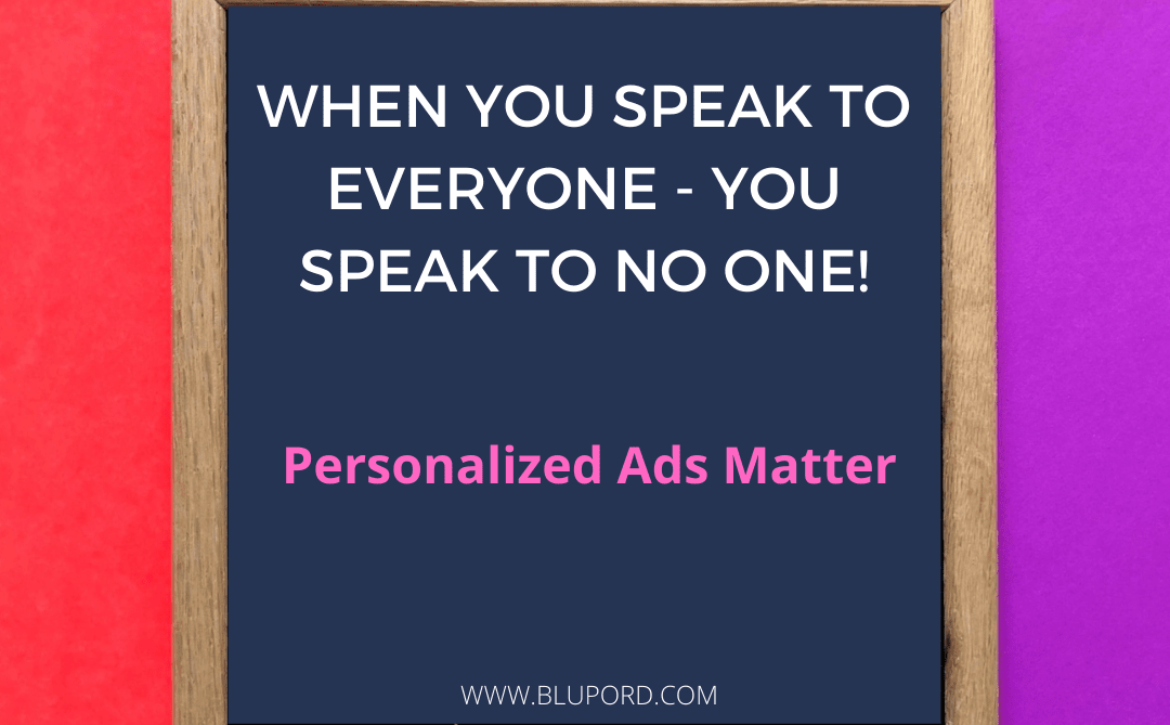There’s no doubt: the digital revolution has changed the manner in which individuals react to marketing. On account of improvements like cloud solutions, data analytics, artificial intelligence(AI), and machine learning, marketing strategies and approaches have developed drastically in only a few years.
In this rapidly evolving market, advertisers need to work fast to keep up – however on the positive side, they have a totally different universe of chances opened up for them to be innovative. In addition to other things, they currently depend on things like marketing personalization to improve results. Here’s the reason customizing your marketing approach is so crucial– and why you should do it.
What is marketing personalization?
People are continually bombarded by a wide range of information targeted at them, be it billboard ads, TV advertisements, emails, social media, and many brands clamoring for their attention. So it’s just normal that we’d block out the majority of that, particularly what we don’t find personally relevant to us.
This implies that in case you’re attempting to contact your audience with generic, impersonal content, you’re losing perhaps a chance to engage them and encourage them to remain with you in the long run. Talking to them directly, with laser focus around what they like and are normally interested in, is your smartest move to win them over.
That is the place where personalization comes in. More or less, marketing personalization implies interacting with your audience and clients in a way that feels individual and human, taking into consideration their likes, preferences, and interests.
A personalization strategy can incorporate customized email marketing campaigns, customized ads, targeted product recommendations, custom-made content, and lots more.
Why does it matter?
Personalization is turning out to be an upper hand, yet something that your clients expect through each interaction with you. 31% of customers say that they wish their shopping experience was more customized than it currently is, and just 22% are happy with the level of personalization they are getting. A Deloitte study also found that 36% of clients are keen on purchasing customized products, and 48% said they would be willing to wait longer to receive them.
A study by Evergage has discovered that advertisers also see the value of personalization: 96% of respondents felt that it assisted them to advance customer relationships, and 88% said that they saw a measurable lift in business results. 61% also said that personalization assisted them to deliver a better customer experience.
The figures are clear: what clients truly need is a personalized experience, tailored to their interests and requirements. Indeed, many currently consider client experience to be the key brand differentiator for clients, more so than cost and product.
How can you use marketing personalization?
With so many personalization choices and potential outcomes, things begin to get complex – how are you expected to understand what all of your clients like? How can you tailor your campaigns around them individually without investing too much energy in it?
That is the place where automation and data analytics come in. Your client information is the most important thing you can use to construct the best personalized campaigns. For instance, in order to build newsletters that suggest significant substance for your clients, you can automatically gather information from their previous reading history and suggest other blog posts and articles on comparative or related subjects.
Similarly, knowing your clients’ job title, area of expertise, topics of interest, and surprisingly their geographic area can work in your favor to help you segment email marketing campaigns.
Benefits of personalization
Exceptional customer experience
Having friendly customer agents to assist your clients is extraordinary, yet it isn’t sufficient these days. Companies must provide exceptional client experiences all through their journey with the company or its products – and that incorporates social media interactions, automatic emails, recommendations, and much more.
In fact, more and more customers are anticipating a customized and extraordinary journey with organizations. Research conducted by Salesforce has discovered that clients will give more information in return to customized advertising, with 58% of respondents saying that a customized experience is vital when dealing with a company.
Also, 52% of purchasers are somewhat likely to switch brands if an organization doesn’t give enough personalization, and 57% will share individual information in return for customized offers and discounts.
Increase revenue, sales, and conversions
Offering customized services just makes business sense. In the event that clients are getting reading and item suggestions that speak to their interests, they’re more likely to consume them. If they’re happy with the service they get and the communications they get from a company, they’re bound to stay loyal and choose the company over its competitors.
It makes sense that customizing your services and offering a customized experience will help your sales and conversions, and the figures support it: 75% of buyers lean towards purchasing from a brand that knows their name and purchase history, and analysis by Forbes shows that advertisers that deliver customized web experiences are getting double-digit returns in marketing performance and response.

Source- Hubspot
Boost customer retention
Customer retention is essential. Expanding client maintenance by 5% can increase benefits by 25% up to 95%, and it’s notable that it’s less expensive to hold existing clients than to gain new ones. Adobe’s Digital Index shows that 40% of eCommerce business income is generated by 8% of repeat clients, and advertisers in the US and Europe should get somewhere in the range of 5 and 7 new customers to equal the revenue of just one repeat customer.
Your chances of hitting these numbers increase if you provide a personalized experience: as indicated by research by Segment, 44% of clients are probably going to become repeat purchasers after a customized experience with an organization, while 49% have bought an item they didn’t at first expect to purchase in the wake of having a customized insight.
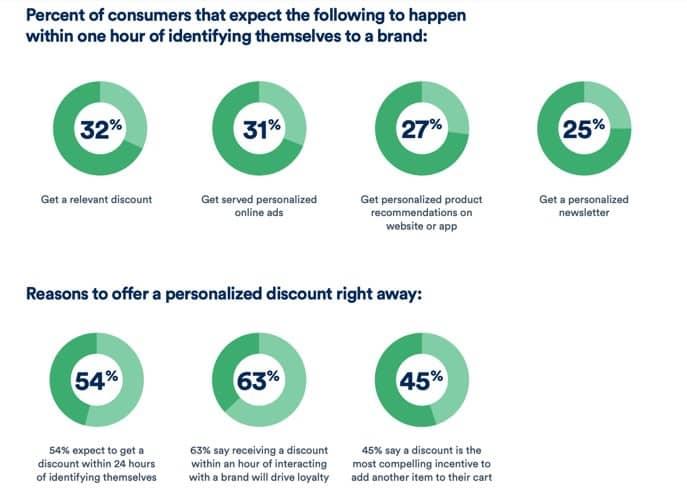
Source- Hubspot
3 ways to personalize your marketing approach
Segmented email marketing
Research shows that customized emails have 29% higher opening rates and 41% higher click-through rates, so on the off chance that you need to customize your promoting approach, fragmenting email advertising correspondences ought to be at the first spot on your list. Almost certainly, you have a lot of significant client information put away in your applications, similar to your CRM or email promoting apparatuses, looking like tags, categories, labels or custom fields.
This data would enable you to separate your clients into groups based on their interests, preferences, or necessities. You can utilize this sort of information to make segmented email records and send customized messages that your clients really want to read.
You can also section your campaigns dependent on demographic data, geographic location, or purchase history, and you can gather this data through sign-up forms, surveys, quizzes, and client profiles that accumulate information about their topics of interest and preferences.
B2B companies can segment their client base as per industry, size, revenue, and area, for example. When this data is automatically collected, you can make intelligent work processes to automatically take care of this into your email marketing tools.
You can also make customer-specific news feeds, topic pages, and content collections by optimizing your content topics and clusters as indicated by what your shoppers look for and like.
Targeted discounts and offers
Clients are extremely receptive to customized discount codes and offers, and most of them actually expect it. Salesforce’s research found that 62% of buyers anticipate that companies should send them custom-made offers and discounts based on their past buys, and 57% of them are willing to exchange personal data in order to receive it.
For example, you can offer customized discounts on comparable products to the ones they’ve bought previously, or you can reconnect clients who haven’t connected with you in a while by sending them coupons and offers dependent on their last buy with you.
Campaign Monitor shares this example from Sephora, which joins a divided email campaign and targeted discount offer. They sent one sort of email to VIP clients offering them a special discount on their new product line, and another sort of email to non-VIP clients.
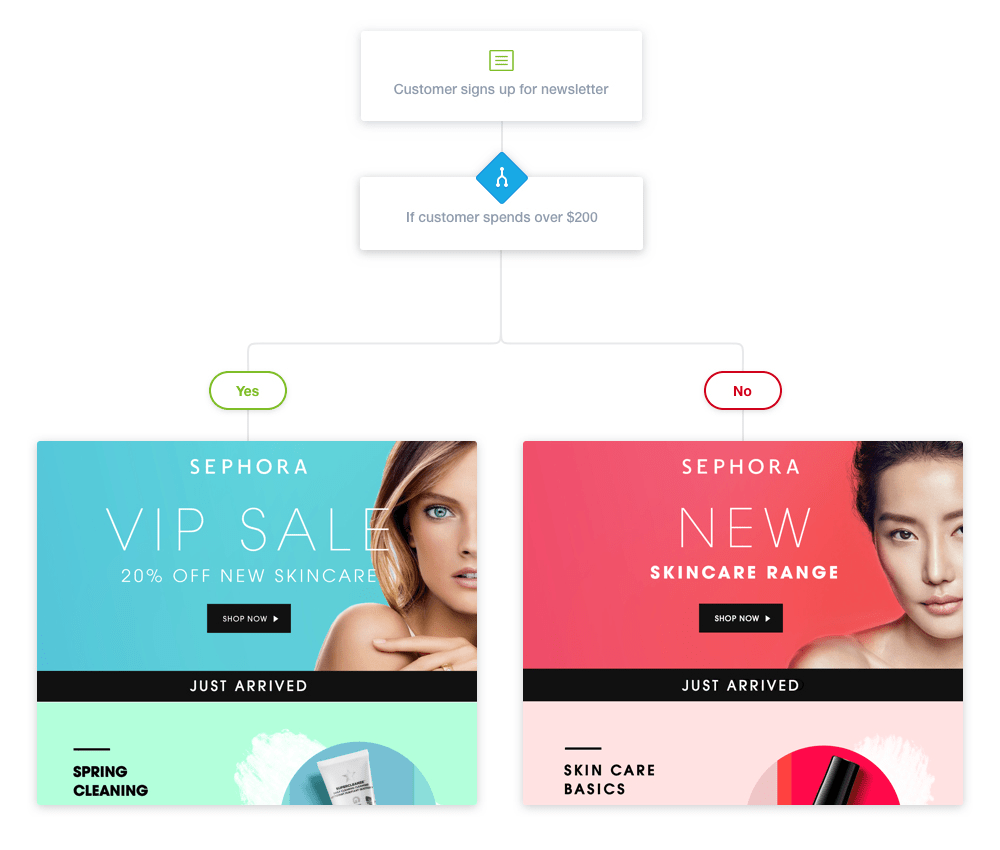
Source- Hubspot
Personalized reading and product recommendations
This is a relatively basic approach to draw in existing clients and reconnect older ones. By showing them similar products to those they’ve bought previously, or by sending them customized reading suggestions dependent on the topics of their interest, they’re more likely to engage with your campaign.
For instance, the online publishing platform Medium requests its clients to pick their topics from interest when signing up, and afterward utilizes this data to send newsletters with reading suggestions on the topics that interest them or that they’ve read about previously.
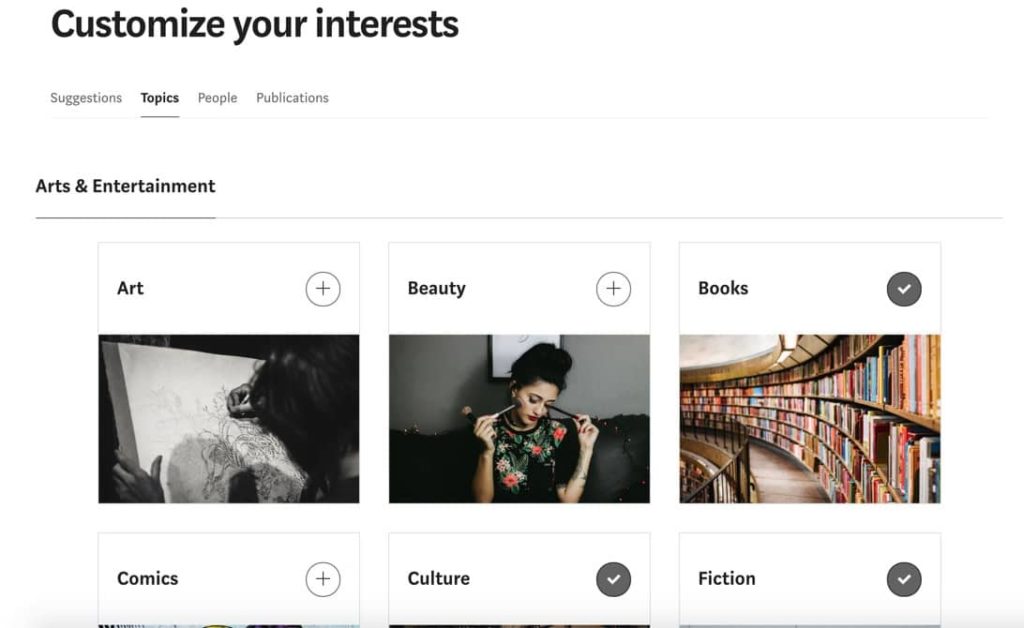
Source- Hubspot
Amazon is another incredible example of this, showing clients customized product suggestions dependent on items they have seen, bought or added to their wish lists.
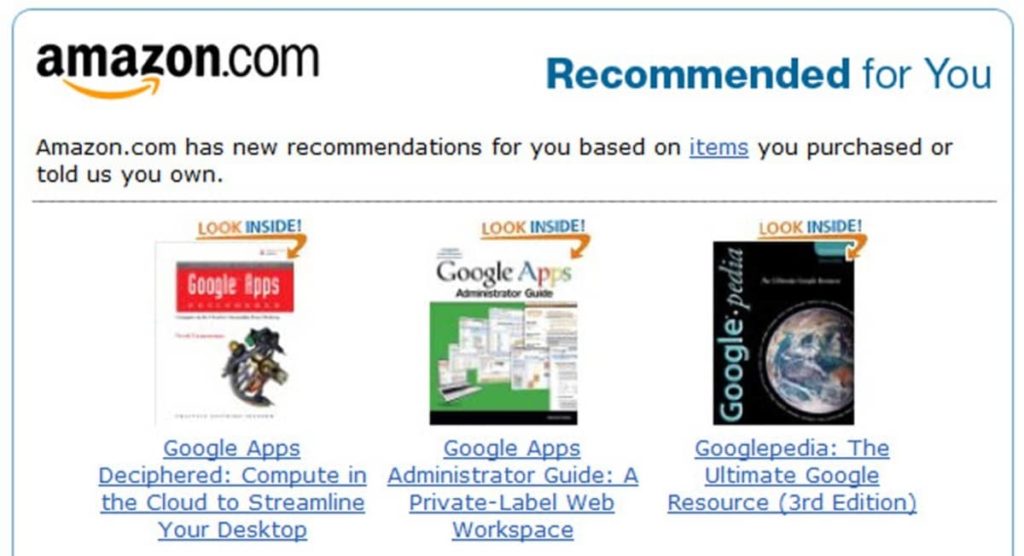
Source -Hubspot
How to use your customer data for personalization
Remember that you’re not ensured to engage every single customer, regardless of the amount of personalization you use, however, utilizing client information the correct way can teach you what your shoppers need and the best approaches to contact them. A/B testing is an extraordinary method to figure out what turns out best for your brand and what your clients react most to.
Moreover, recall not to try too hard – the line between personalization and invasion of privacy is remarkably thin. Spamming your clients, asking for too much information, or utilizing data they didn’t give you can end up scaring them off – one survey has found that 28% of individuals don’t care for it when organizations utilize their information when they haven’t explicitly given it first. You additionally need to ensure your information protection strategies are clear and agreeable with guidelines like GDPR.
At last, it’s difficult to come up with a killer personalization technique if your client information is everywhere. For instance, imagine a scenario in which your support agents gather a great deal of valuable data about clients, but your marketing team doesn’t have access to it because that data is stored in a different tool. That data could have a significant effect while making division or a customized marketing campaign – but if it’s not being put to good use, it loses its value.
To make the most out of the client information you have, matching up your contact information is the way to integrate everything.



